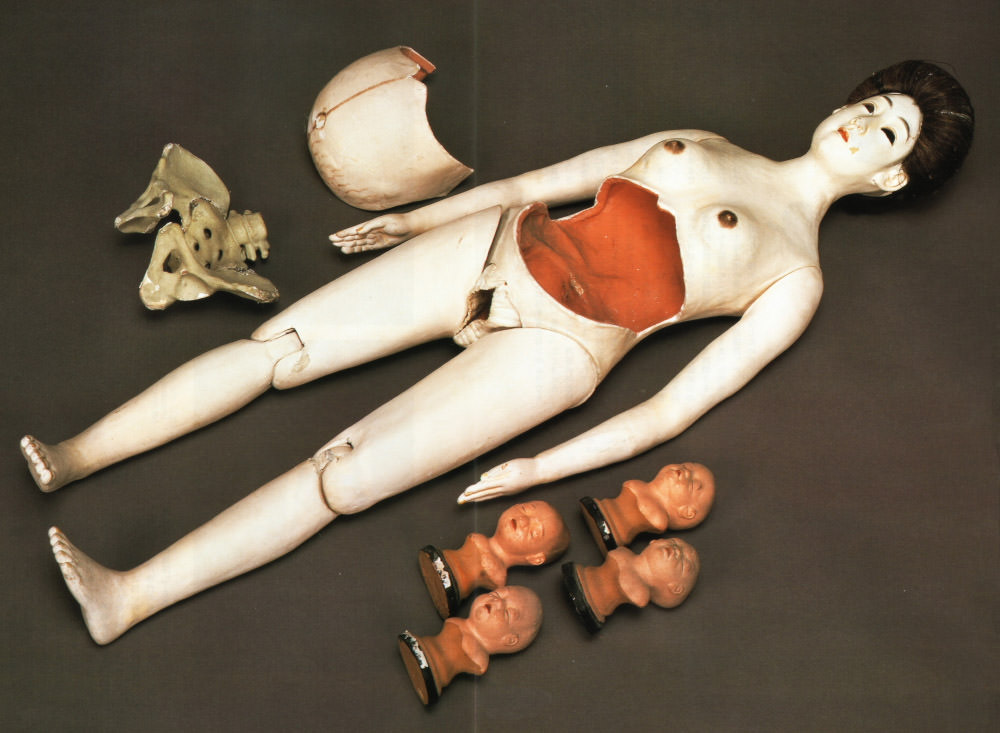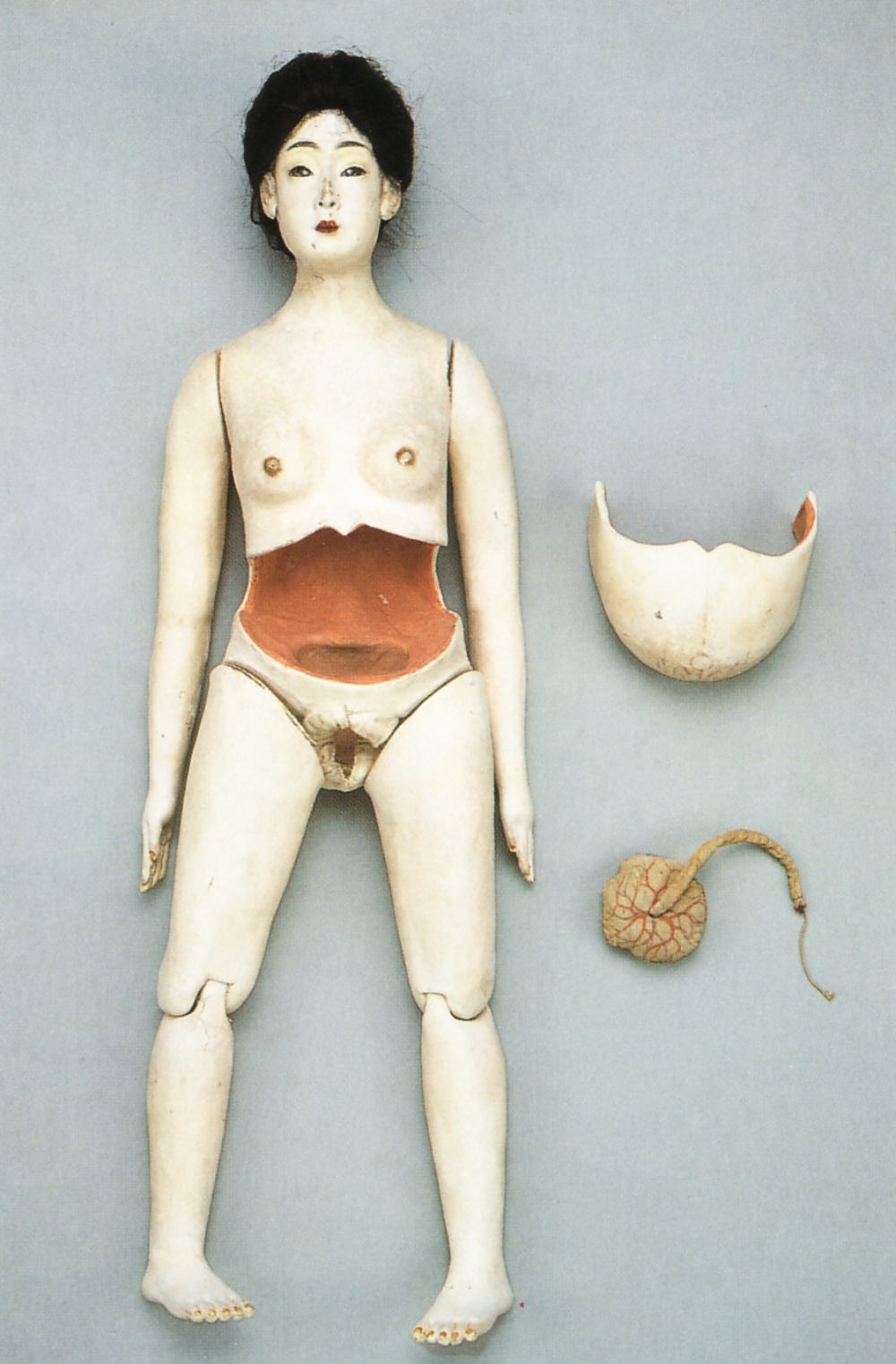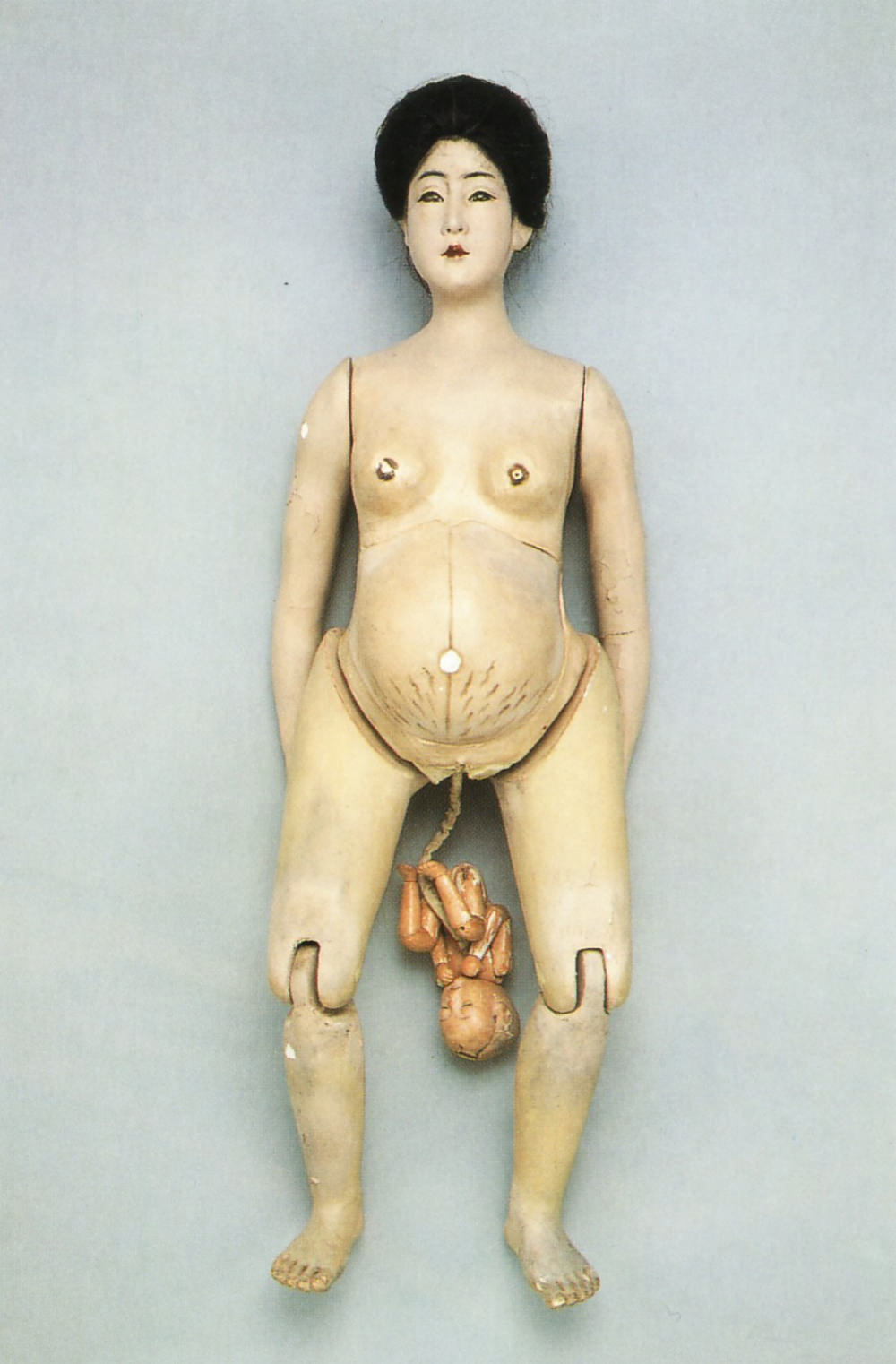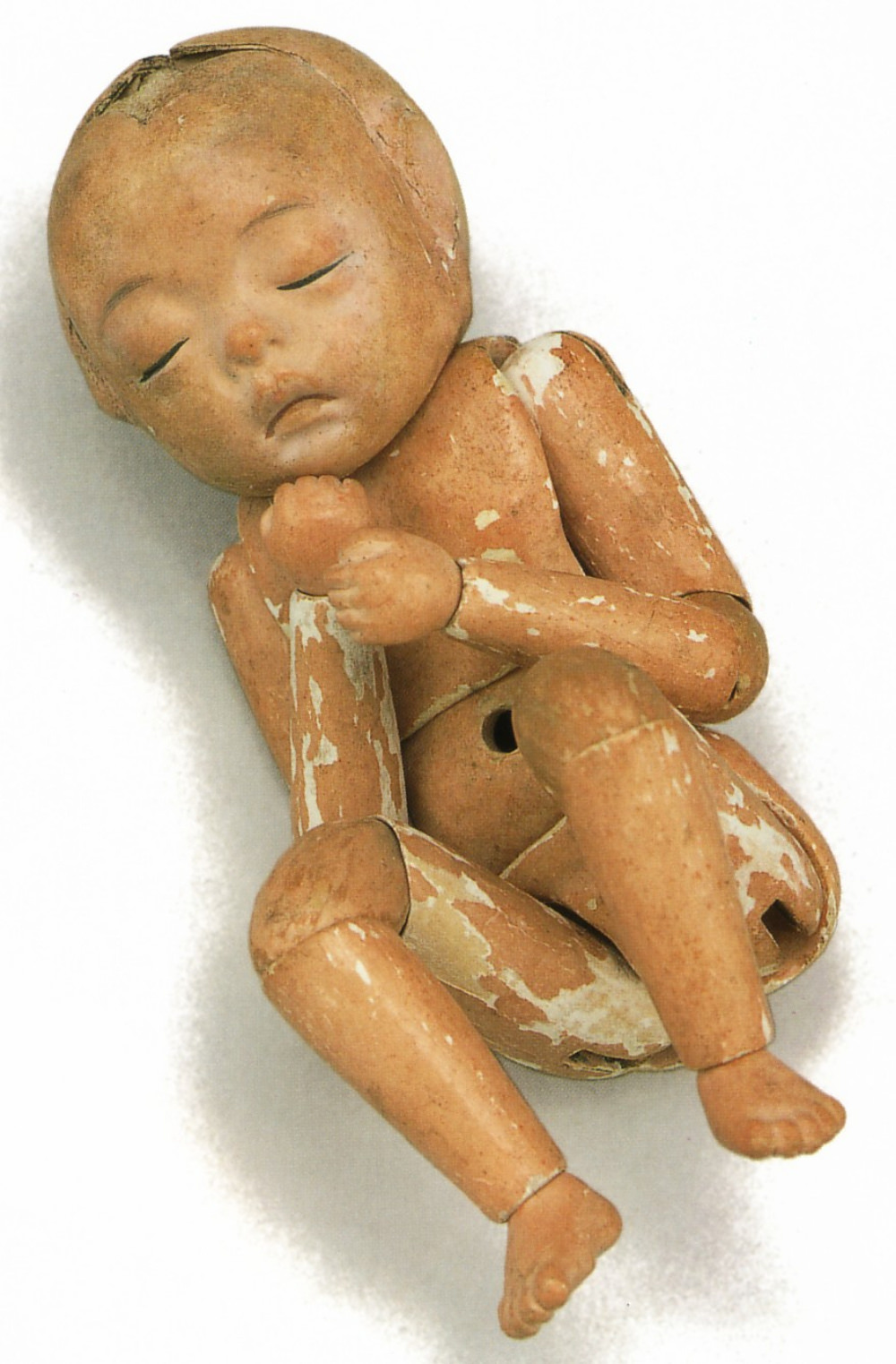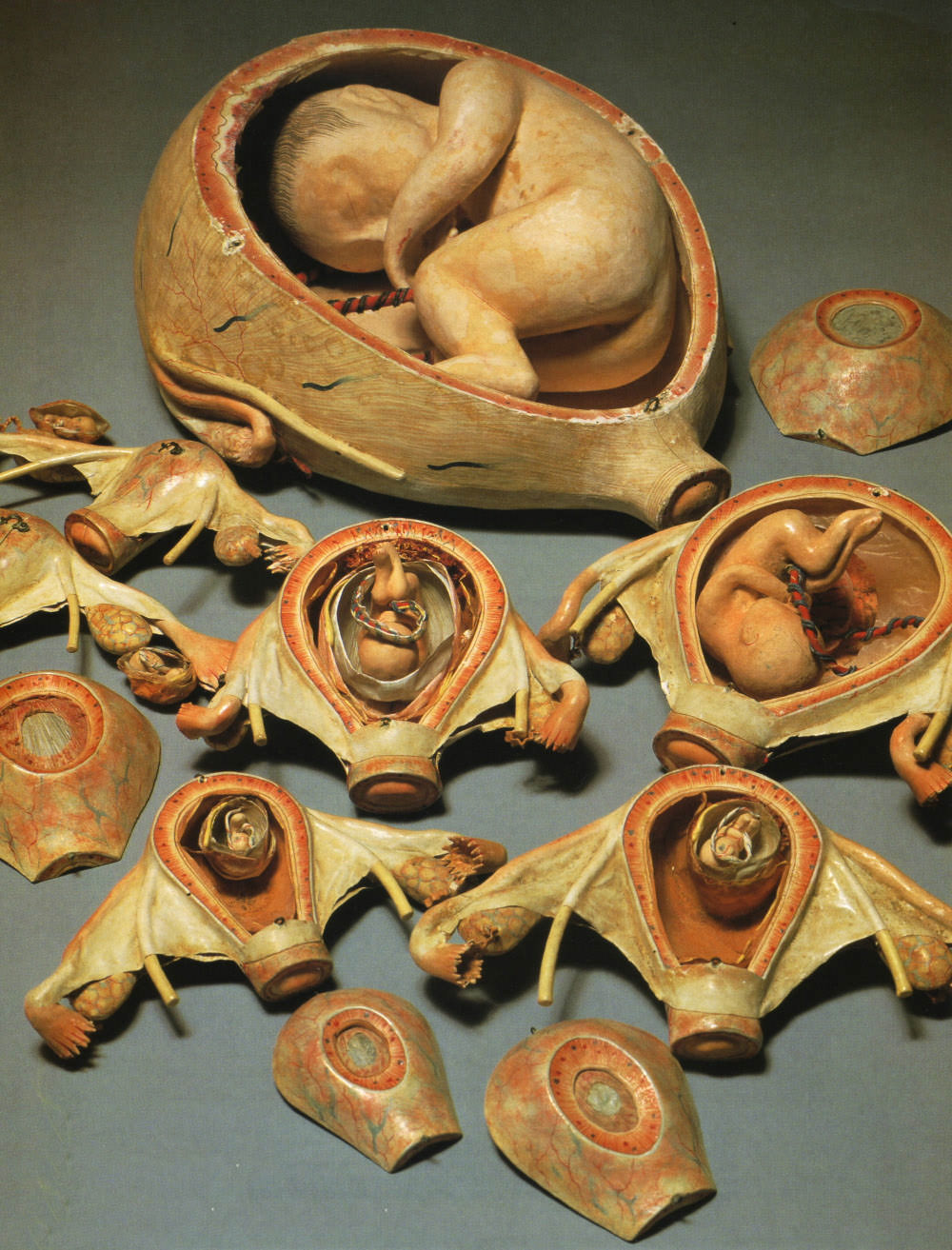Today, we’re going on a captivating journey to 19th century Japan to explore a fascinating aspect of Edo culture: the pregnant doll. These intriguing artifacts were not only educational tools for midwives but also a source of entertainment for the masses. So, let’s time travel to the world of misemono sideshows and discover the enchanting story of Japanese pregnancy dolls.
Misemono sideshows were a popular form of entertainment in Edo (present-day Tokyo) during the 18th and 19th centuries. Sophisticated residents would flock to these carnivals to satiate their curiosity and wonder for the mysteries of life. Among the numerous attractions offered, one particularly popular exhibit was the pregnant doll.
While it’s often thought that these dolls were primarily designed to teach midwives how to deliver babies, there’s evidence to suggest they were also used for entertainment purposes. For instance, records from 1864 describe a crowd-pleasing show in Tokyo’s Asakusa entertainment district that educated audiences about the human body. This show featured a pregnant doll with a removable abdomen, unveiling fetal models depicting various stages of prenatal development.
Similarly, Japan’s first national industrial exhibition in 1877 saw a Yamagata prefecture hospital doctor named Motoyoshi Hasegawa showcasing an elaborate set of fetus models. These models illustrated seven different growth stages, from embryo to birth. Although it’s uncertain whether the fetus model set displayed in the final image above is the same one Hasegawa presented in 1877, records suggest that his exhibit was a resounding success.
So, why did these pregnancy dolls captivate the Edo period audience? It seems that the intricate craftsmanship and the opportunity to learn about the miracle of life were key factors in their popularity. These dolls allowed the audience to marvel at the complexities of human development while also providing valuable insights into the process of childbirth.
These pregnancy dolls offer a fascinating glimpse into the world of Edo period sideshow attractions. They served as both educational tools and mesmerizing exhibits that entertained and informed the masses. These remarkable artifacts not only teach us about the culture of the time but also remind us of the endless human curiosity and fascination with the mysteries of life.


